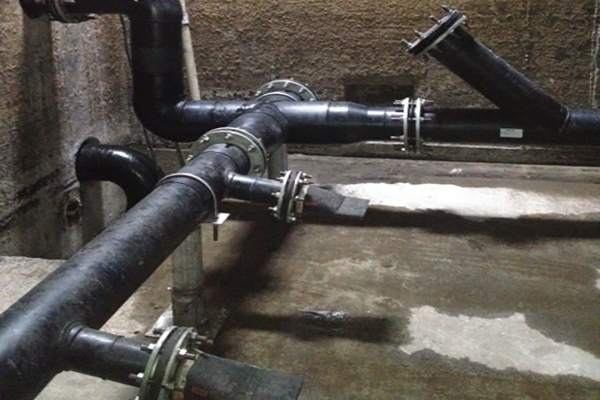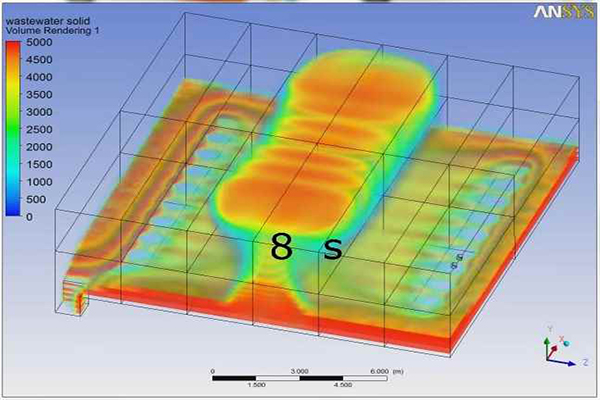Anoxic Mixing Process of Wastewater
 Application / Industry: Municipal Wastewater Treatment
Application / Industry: Municipal Wastewater Treatment
Customer Name: City of Boulder, CO
Consulting Engineer: Brown and Caldwell, Golden, CO
Process Fluid: Centrate with Ammonia Streams
Process Treatment Method: Centrate Storage Tanks No.1 & No.2
Challenge
The City of Boulder, Co, Wastewater Treatment Facility utilized two centrate storage tanks for flow equalization back to the head of the plant. These tanks also received discharge from air scrubber units, which had high ammonia levels. When the scrubber influent stream entered the tank, the concentrated ammonia levels generated caused significant operational problems at the head of the plant. Since the treatment process at this location was anoxic by  design, the centrate could not contain dissolved oxygen, eliminating the possibility of applying a coarse bubble mixing system.
design, the centrate could not contain dissolved oxygen, eliminating the possibility of applying a coarse bubble mixing system.
Solution
Red Valve Tideflex® Technologies engineers designed a multi-port Hydraulic Mixing and Recirculation System (HRMS) which utilized a recirculation pump to recirculate tank fluid through a multi-nozzle distribution system. Because they only open relative to mass flow and pressure, Tideflex® variable-orifice “duckbill” nozzles provide the highest discharge velocity at the transfer flow, since they only open relative to mass flow and pressure. Their flexible openings also allow large solids to pass through each variable orifice, after which they return to their optimal position.
Tideflex® engineers created CFD (Computational Fluid Dynamics) modeling that showed the system could achieve a complete mixed state within five (5) minutes of operation, per the design engineer’s specifications. Ultimately, the models showed the system would actually reach complete mix within 90 seconds of operation.
Results
After the system was installed, field validation testing was conducted. During operation of the pump, grab samples were located at various depths and tested for solids concentration and ammonia concentration. All tests showed the fluid was homogeneous after operation of the mixing system, confirming the CFD model predictions and all operational requirements. The recirculation pump currently runs only on demand, further minimizing the operational costs.

